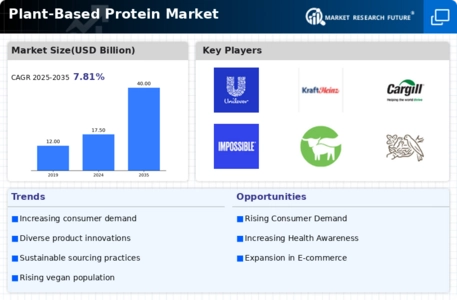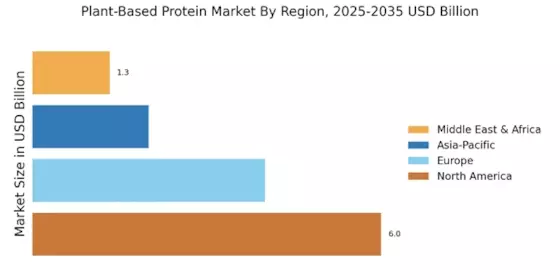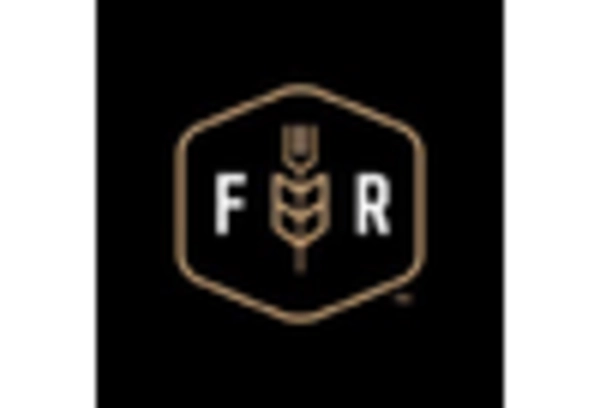The Plant-Based Protein Market has been experiencing significant growth due to the increasing demand for sustainable and health-conscious food sources.
As consumers shift towards plant-based diets, the competitive landscape is becoming more dynamic with a variety of players entering the market.
This has led to innovations in product development, distribution channels, and marketing strategies as companies strive to differentiate themselves.
The competitive insights reveal a trend where organizations are focusing on enhancing their product portfolios, reliability in sourcing raw materials, and positioning themselves effectively in regions with high market potential.
As the market evolves, it's essential to analyze the strengths and capabilities of leading entities to understand their influence on the overall landscape.
The Pea Protein Association has established itself as a key player in the Plant-Based Protein Market, emphasizing the benefits of pea protein as a versatile and nutritious ingredient.
With its rich amino acid profile and allergen-friendly nature, pea protein has seen a surge in popularity among health-conscious consumers and food manufacturers.
The association works diligently to promote the adoption and innovation of pea protein within food products, highlighting its environmental advantages, such as lower water usage and carbon footprint compared to animal-based proteins.
The Pea Protein Association's strength lies in its commitment to education and collaboration among stakeholders, encouraging growth and development in the market while fostering a positive image of pea protein across various demographics.
Unilever is another influential entity in the Plant-Based Protein Market, known for its diverse portfolio of food products that spans a variety of segments from plant-based meats to dairy alternatives.
With strong brand recognition and a commitment to sustainability, Unilever leverages its extensive distribution network to bring innovative plant-based solutions to consumers worldwide.
The company focuses on developing high-quality products that appeal to a health-conscious audience, offering items such as plant-based ice creams and alternative protein sources.
Unilever’s strength is further amplified by strategic mergers and acquisitions that expand its product offerings and market presence, allowing it to respond effectively to changing consumer preferences.
Through continuous investment in research and development, Unilever seeks to create plant-based options that not only meet consumer demands but also align with its sustainability goals, positioning itself as a leader in the global movement towards plant-based living.


















Leave a Comment